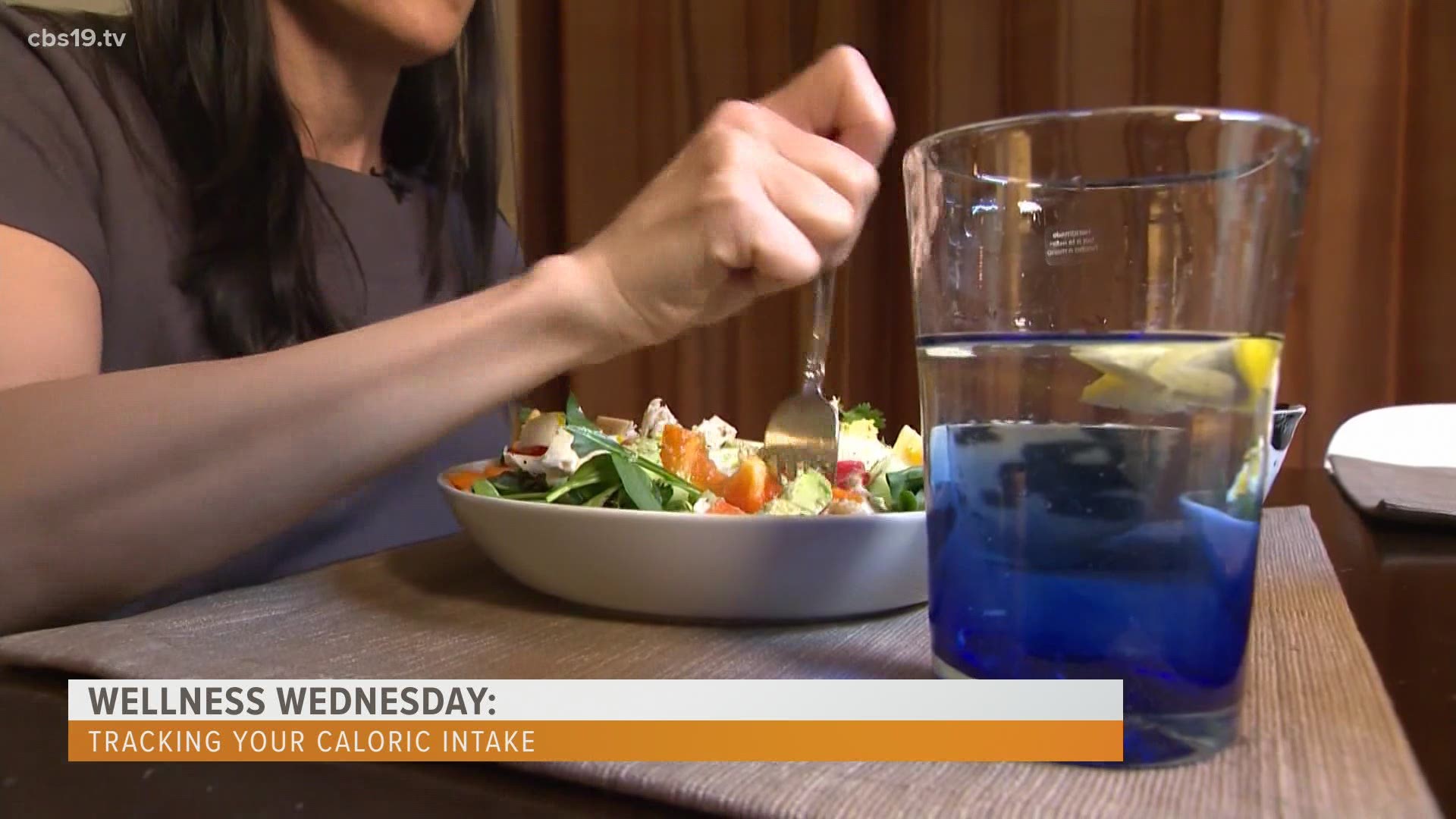TEXAS, USA — Human bodies need energy to perform daily tasks and energy is gained by eating calories. If we eat more energy than we need, we will gain weight.
So how many calories should we be eating each day? Well, it depends.
Everyone has a different caloric intake. According to the 2015-2020 dietary guidelines for Americans, women need between 1,600 and 2,400 calories a day, and men need 2,000 to 3,000.
This all depends on their age, size, height, lifestyle, overall health, and activity level.
"Weight balance is based on calories in, are we taking in more calories than we use or fewer calories than we use and activity also affects that usage," Registered Dietitian Nutritionist Marie Pizzolatto said.
If your goal is weight loss, you should cut back on your calories. Registered Dietitian Nutritionists recommend you lose about 7-10 percent of your body weight to help kick-start your weight management.
"We want to do it in a healthy way so for women about a pound a week. For men a pound to two pounds a week is healthy, but if it's more than that then I can become drastic and deplete the nutrients in our body," she said.
A good place to start when figuring out your caloric intake is choosemyplate.gov. It's a government-run website that helps with nutrition coaching and basic meal planning.
They have an online calculator that will tell you how much you should be eating depending on your height, weight, and age.
Of those calories, you need to break down how many macronutrients you need. The main three macros are proteins, carbs, and fats. The plan will break down how many of each food group you should be eating in a day.
We also need to be mindful of other ingredients in the foods we eat.
"We want to look at comparing what's going to support our goals rather than what's going to sabotage our goals," Pizzolatto said. "We need to look online at the nutrition facts or the foods that we like to eat and see how much sodium, how much sugar and how much-saturated fat is in our foods."
A good and free tool to use for measuring and tracking foods is MyFitnessPal. Inputting your food in the app to plan your meals for the day can help you reach your goals quicker because you'll be able to physically see what you put in your body.
The app will help you track your macros and it goes as far as telling you how much-saturated fat, added sugars, and sodium is in a particular item.
Although caloric intake depends on the person, one thing remains the same: in order to make a change, you have to change the amount you eat.
"So if we are exercising, raising our calorie needs, slightly decreasing our calories that we are taking in then we create that deficit to where we can lose that weight," Pizzolatto said.

